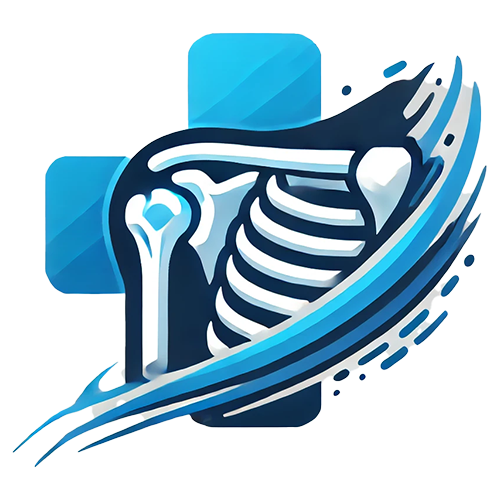Arthroscopic “Scope” Rotator Cuff Repair
What is the rotator cuff?
The rotator cuff is comprised of four muscles that run from the scapula (shoulder blade) to the humerus (arm bone). These muscles help to hold the ball and socket together, and work to raise the arm and to rotate the shoulder. The muscles turn into tendons that attach to the humerus. These tendons cover the humeral head, fitting smoothly like a sock over a foot. These tendons have to fit in between all the normal bones of the shoulder.

What is a rotator cuff tear?
The rotator cuff tendons are at risk for wear and damage over time. Due to overuse or swelling, the rotator cuff can rub or pinch (impingement), causing pain. Over time, the rotator cuff can become worn in the same way you might wear a hole in your socks or jeans. These can begin as partial tears (areas of thinning) and progress to full-thickness tears (holes) in the rotator cuff. The rotator cuff can also be injured in a traumatic event, including a fall, accident, or in conjunction with shoulder dislocation or fracture (broken bone).
How is a rotator cuff tear diagnosed?
The most common way to diagnose a rotator cuff tear is with an MRI. However, a careful physical exam and radiographs can also be helpful to evaluate for a rotator cuff tear. MRI shows a black and white cross-section of the shoulder. The rotator cuff is torn off the humerus, and the torn area is filled with fluid (white area).
Video: Scope Cuff Repair
What is an arthroscopic rotator cuff repair?

Shoulder arthroscopy is a surgical procedure that involves inspecting the shoulder joint and the space around the rotator cuff with a small camera, or arthroscope. The camera and any instruments your surgeon uses to work on your shoulder will be placed through small metal and plastic tubes called cannulas. The cannulas are placed into the shoulder joint through small skin incisions called portals. These incisions are usually about the size of buttonholes, one-quarter to one-half inch in length. Many operations that used to require large incisions can now be done through these small skin incisions. As arthroscopic techniques and instrumentation continue to evolve, many surgeries that used to require longer incisions (“open” surgery) can now be done arthroscopically.
There are usually at least two portals placed around the shoulder joint, one in the front and one in the back. Additional portals may be placed on the side or added to the front or back, depending on the work that must be done in your shoulder. Shoulder arthroscopy can be done with you reclining on your back (the beach chair position) or on your side (the lateral position).
Special instruments have been designed to help your surgeon perform rotator cuff repair through small incisions. This includes small devices called suture anchors. These devices are small screws or “anchors” that allow your surgeon to sew things directly down to bone, including torn ligaments and tendons, such as the rotator cuff. Dr. Burns typically uses a biocomposite anchor composed of calcium that is absorbed into the bone. Anchors can also be composed of metal, plastic (PEEK), and PLLA. Special instruments to sew and tie knots through the cannulas have also been designed.
